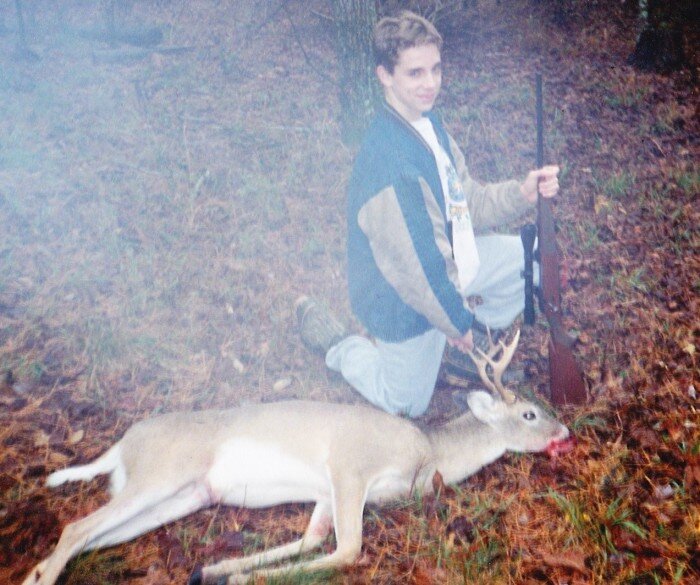Photography: Make Wide Angle Lens Magic
Wide angle lens magic? No. A wide angle lens isn’t magic. But some of the images it makes can be.
Wide Angle Lens Magic Perspective
Wide angle lenses offer a perspective we rarely see in real life. Our peripheral vision gives us a wide angle, 120-degree view of the world, but most of it is out of focus and barely registers. Our sharp focus covers only about 6-degrees of arc. A wide angle photographic lens is special because it captures a sharp image across its entire field-of-view.
Wide angle lens magic appears to have made this image of a field of yellow and blue wildflowers larger and more stunning than real.
Wide Angle Lens Magic by the Numbers
Here are some wide angle lens focal lengths and their corresponding horizontal field-of-view on a 35mm film/sensor format:
35mm 54.4-degrees
28mm 65.5-degrees
24mm 73.7-degrees
20mm 84.0-degrees
15mm 100.4-degrees
These might not seem all that wide compared to our 120-degree FOV, but when you see a wide angle image on paper or a monitor, it is dramatically noticeable.
Wide Angle Lens Magic in Depth
Another special feature of wide angle lenses is their inherent depth-of-focus. The shorter a lens’ focal length, the greater its depth-of-focus at any distance. This means the photographer can push close to a foreground subject like a rock, insect, flower, or nose and capture it and the background sharply. Stopping the lens aperture down to f/16, 22, 32 and even 64 increases this depth-of-focus advantage even further.
These features inspire most photographers to use wide angles for landscapes. But they are often disappointed with the results. Why? Probably because they are trying to capture too much without including a dramatic foreground subject for perspective and depth. Another challenge is getting close enough to the background subject to keep it prominent. The mountain or tree that looms through a normal or short telephoto lens shrinks alarmingly through a wide angle.
The Classic Subject for Wide Angle Lens Magic
The classic wide angle landscape shot is a boulder or plant in the foreground with a mountain in the back. Play around with camera angle (low, high, tilted, flat) and watch how that background mountain distorts. Distortion can make background peaks look small. Putting subjects in the lower corner of the frame can distort them badly, too, so be careful.
Wide-angle photography has been used so often and effectively that you need to frame an amazing subject or utilize an extreme wide angle to make your images special. The 28mm used to be a popular wide angle, but it seems a 24mm or 20mm is necessary to sparkle someone else’s eyes these days. But don’t over do this. The real wide-angle masters use these lenses judiciously to make images that arrest viewers esthetic senses without screaming “wide-angle lens magic!” That’s the real magic.
Image shows flower meadow with snow capped mountain in background. Closest flowers are out of focus due to insufficient depth-of-focus, proving wide angle lens magic doesn't work without proper technique.
Photographer Ron Spomer has been trying to make magic with various lenses since 1972. He rarely succeeds to his satisfaction, but enjoys the attempts.











